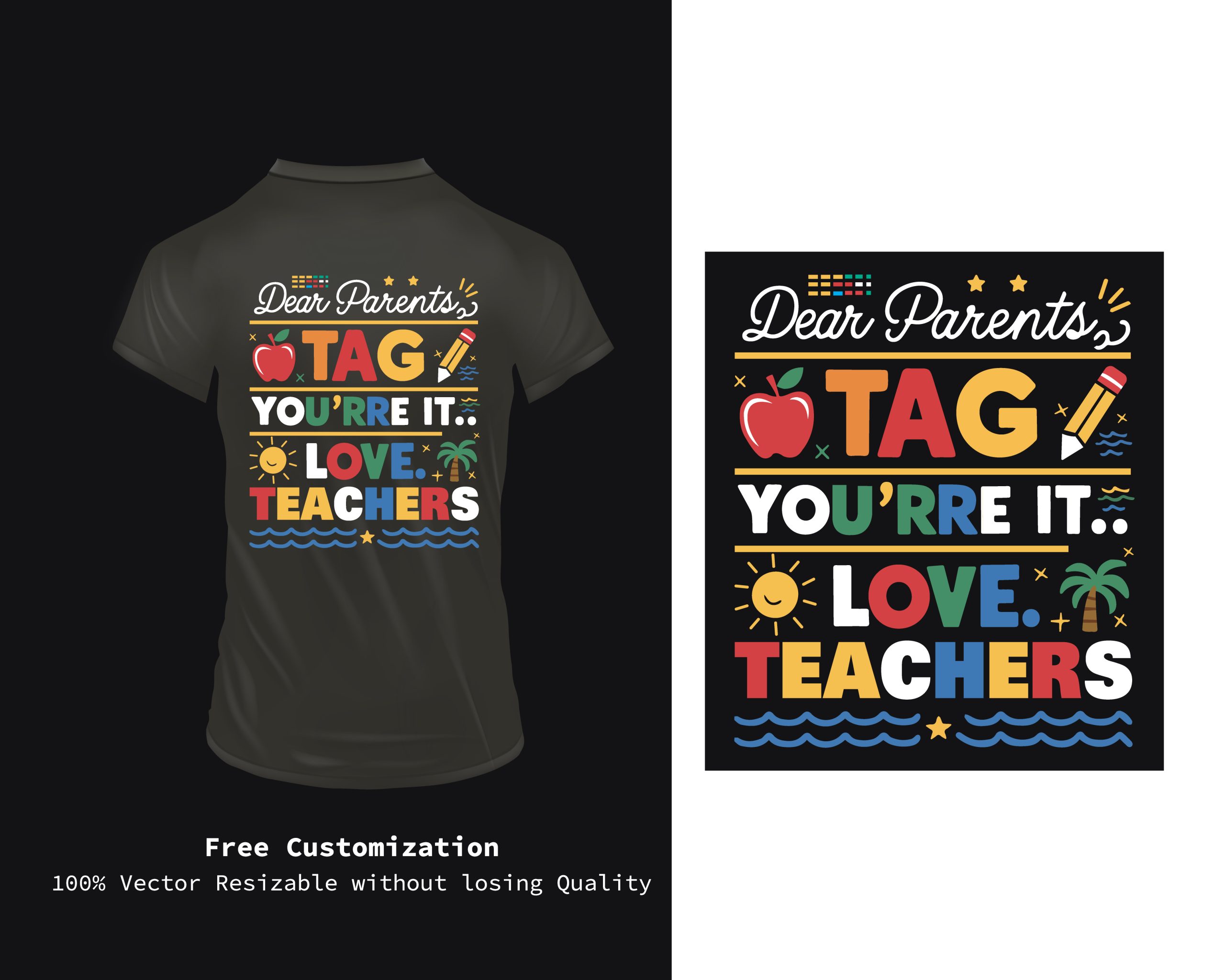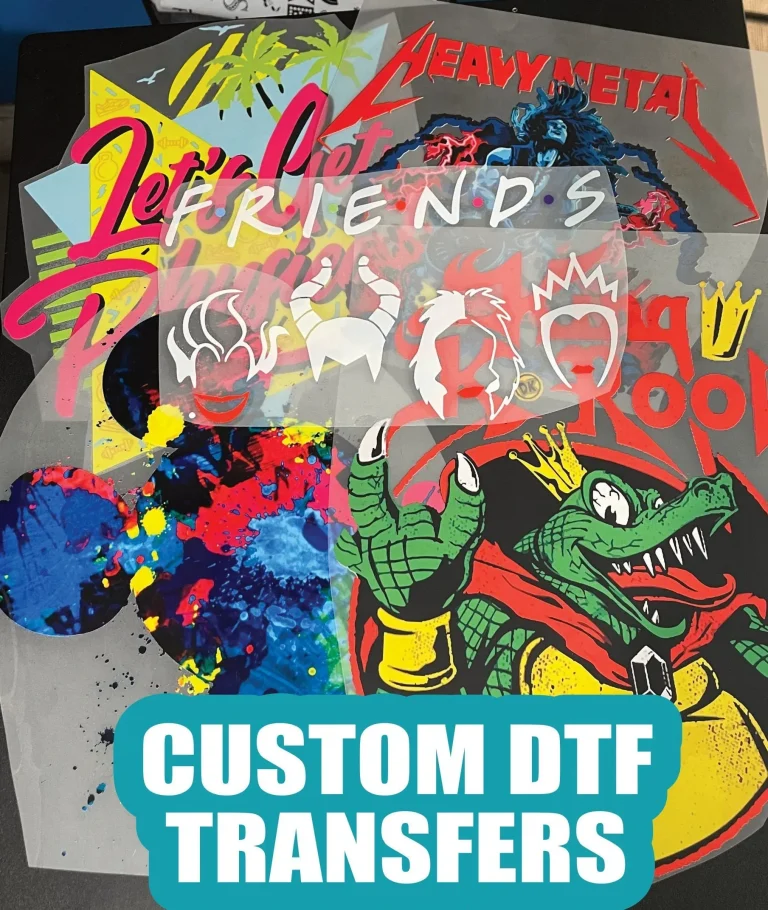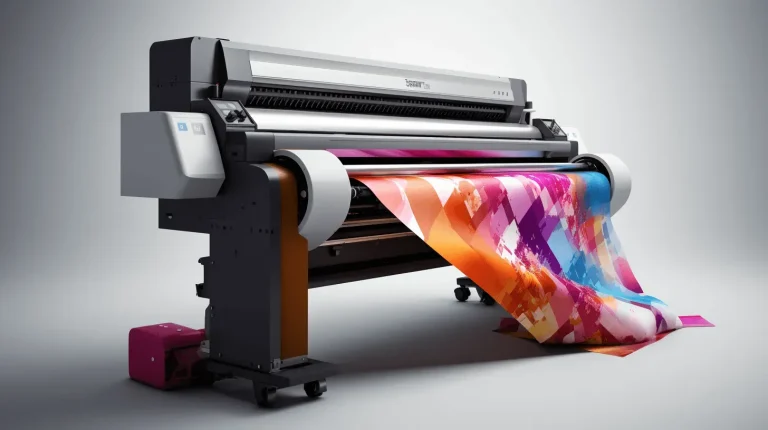In the fast-paced world of textile printing, the DTF Gangsheet Builder stands out as an essential tool for maximizing efficiency and output quality. This innovative software streamlines the Direct-to-Film (DTF) printing process, empowering users to create vibrant and intricate designs that can be transferred onto various materials. By leveraging the DTF gangsheet builder, printers can not only produce stunning visuals but also optimize their layouts, reducing material waste and increasing productivity. This introduction explores the importance of mastering this powerful builder, offering insights into how it enhances design optimization and improves printing results with the right application of transfer films and print presets. Whether you’re a novice or an expert, understanding the DTF Gangsheet Builder is the key to succeeding in the ever-evolving textile printing landscape.
The realm of Direct-to-Film (DTF) printing has transformed traditional methods of transferring designs onto textiles, and the DTF Gangsheet Builder plays a pivotal role in this evolution. Known alternatively as a gang sheet layout tool, it offers users the ability to optimize their design arrangements, thus facilitating effective textile printing. By employing features that enhance design optimization, such as efficient spacing and arrangement techniques, printers can ensure they make the most of their materials. This software significantly impacts the printing process by allowing for a multitude of designs to be printed simultaneously on transfer films, thus streamlining workflows and improving output quality. Engaging with this software not only elevates printing performance but also fosters creativity and innovation among textile printing professionals.
Understanding DTF Printing Basics
Direct-to-Film (DTF) printing is an innovative technique that transforms how designs are transferred onto materials, notably in the textile printing industry. Unlike traditional methods, DTF printing leverages specialized transfer films to achieve high-quality and durable prints. This method provides the flexibility to print on a variety of materials, allowing for detailed designs with vibrant colors, making it ideal for both custom and bulk orders.
Understanding the fundamentals of DTF is crucial for anyone looking to excel in textile printing. By grasping how DTF works, including the role of transfer films and the printing process, users can better optimize their designs and layouts. This foundational knowledge sets the stage for mastering advanced techniques, particularly the effective utilization of tools like the DTF Gangsheet Builder.
Frequently Asked Questions
What is the DTF Gangsheet Builder and how does it improve DTF printing?
The DTF Gangsheet Builder is a specialized layout tool that optimizes the placement of multiple designs on a single sheet of transfer film. It enhances DTF printing by reducing material waste and increasing efficiency, making it ideal for bulk orders and complex prints.
How can I optimize my artwork for use with the DTF Gangsheet Builder?
To optimize artwork for the DTF Gangsheet Builder, use vector-based images that maintain quality when resized. Software like Adobe Illustrator is perfect for developing high-quality designs that enhance the final print quality during DTF printing.
What role do print presets play in the DTF Gangsheet Builder process?
Print presets are crucial in the DTF Gangsheet Builder process as they allow users to adjust settings such as ink density and print speed based on the fabric type. Testing different presets can significantly enhance print output quality in DTF printing.
Why is regular maintenance important for DTF printing with the Gangsheet Builder?
Regular maintenance is essential for DTF printing as it prevents issues like ink clogging and poor print quality. Maintaining your printer ensures consistent performance and vibrant outputs when utilizing the DTF Gangsheet Builder.
How does spacing and arrangement affect the efficiency of the DTF Gangsheet Builder?
Efficient spacing and arrangement of designs in the DTF Gangsheet Builder help minimize material waste. By strategically placing designs close together and avoiding overlaps, printers can maximize the number of prints per sheet.
Where can I find resources to improve my skills with the DTF Gangsheet Builder?
Engaging with online communities, forums, and social media groups dedicated to DTF printing is an excellent way to find resources. These platforms provide valuable tips, troubleshooting advice, and insights into advanced techniques for using the DTF Gangsheet Builder.
| Key Point | Description |
|---|---|
| DTF Gangsheet Builder Overview | A tool for creating layouts to print multiple designs on a single transfer film sheet, optimizing for minimal waste and maximum efficiency. |
| Quality Transfer Films | Using high-quality PET films enhances print durability and color saturation. |
| Artwork Optimization | Vector-based images ensure quality retention during scaling, essential for sharp designs. |
| Spacing and Arrangement | Efficient arrangement reduces waste and allows more designs per sheet through techniques like nesting. |
| Testing Various Presets | Experiment with print settings for optimal results, adjusting based on fabric type and complexity. |
| Regular Printer Maintenance | Routine cleaning and maintenance prevent printing issues and ensure consistent quality. |
| Community Engagement | Participating in forums and groups enhances skills and promotes learning from shared experiences. |
Summary
DTF Gangsheet Builder is an essential tool for anyone looking to excel in textile printing. By mastering this software, users can efficiently create layouts that maximize material use while achieving vibrant, high-quality prints. The article outlines crucial tips such as using quality transfer films, optimizing artwork, and regular printer maintenance that can significantly enhance printing outcomes. Engaging with the DTF community further provides invaluable insights and support. Ultimately, becoming proficient with the DTF Gangsheet Builder not only improves print quality but also boosts productivity, paving the way for success in the competitive world of textile printing.





